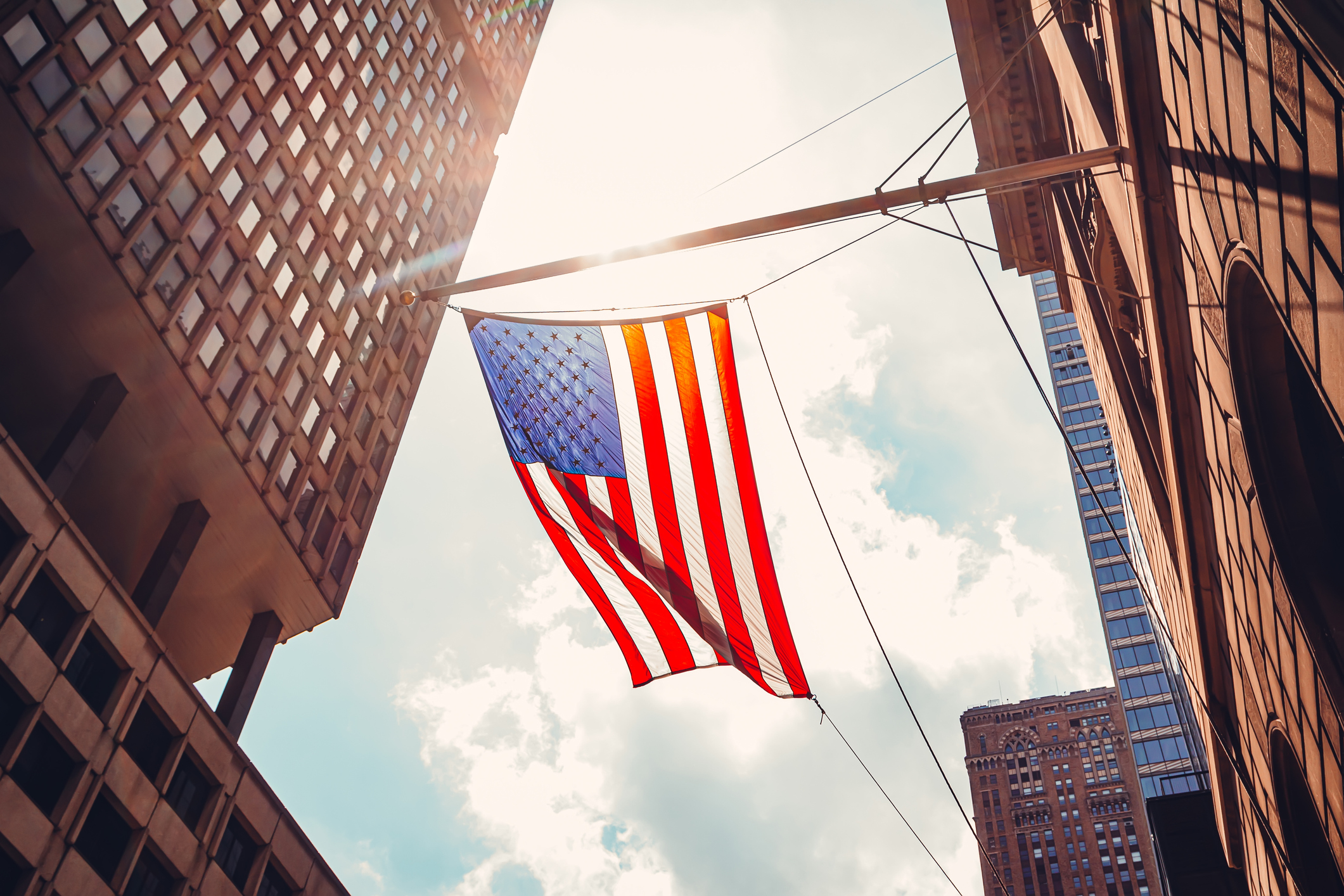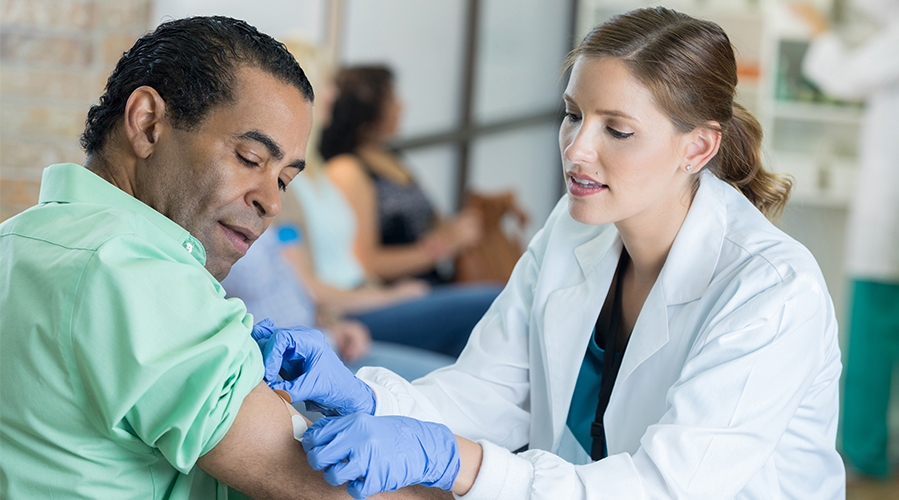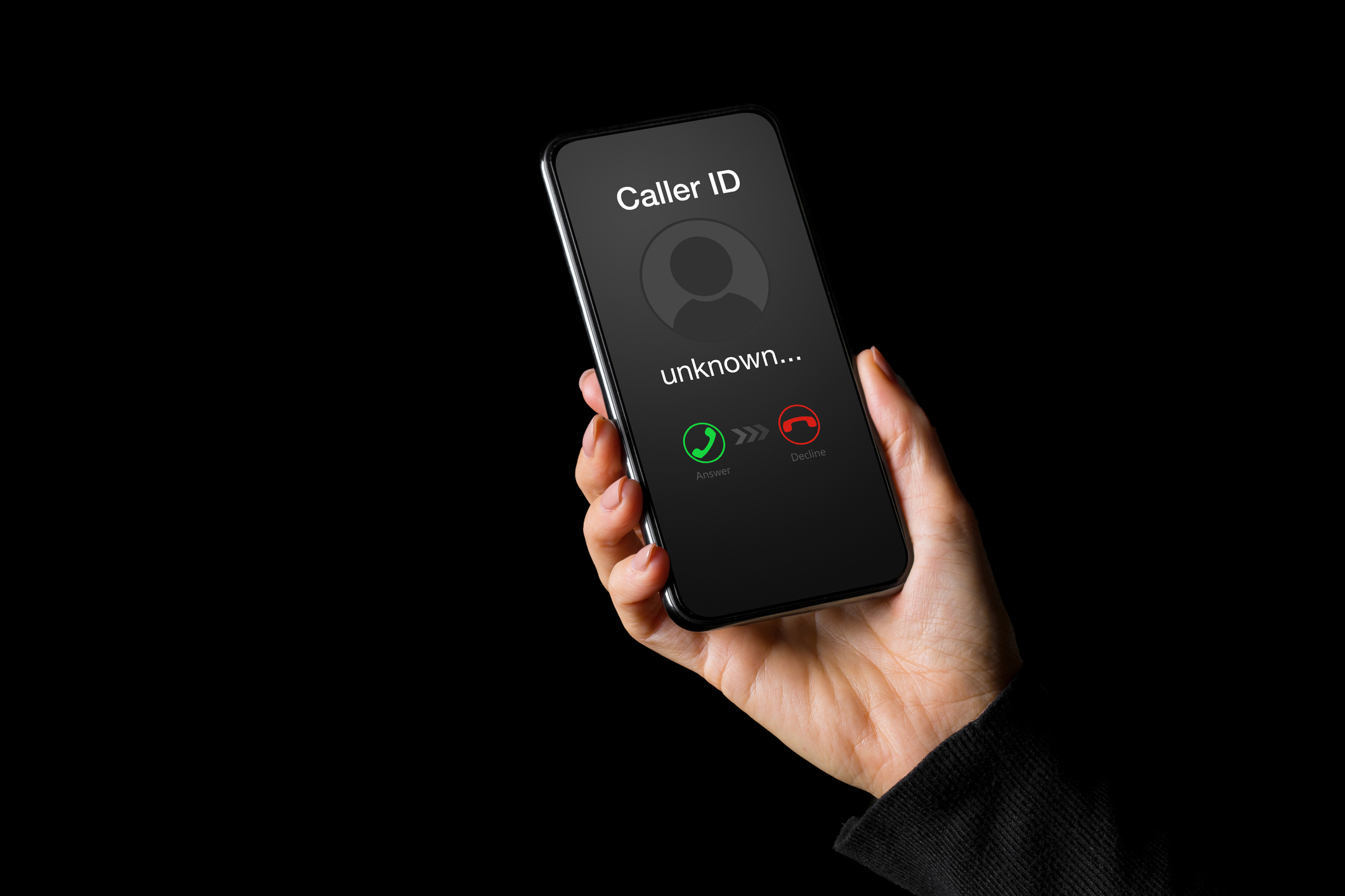As New York continues to move forward with its reopening plan, more people may be returning to a daily commute. Maintaining social distance and avoiding face-to-face contact with other commuters during this transition is key to staying healthy and slowing the spread of the new coronavirus.
Fortunately, the Centers for Disease Control and Prevention and the Metropolitan Transportation Authority have some smart, practical tips to help keep folks safe when using public transportation.
Be Prepared For Your Commute
The MTA recommends riders check the service status of their train or bus before leaving the house. Although the MTA is ramping up to its regular weekday service, schedules are still changing and service is regularly interrupted so trains, buses and stations can be disinfected.
When possible, adjust your travel times to avoid rush hour. According to the MTA, the most crowded times are currently 6-9 a.m. and 3-5 p.m. If you're able to travel outside of these hours, you'll have an easier time keeping at least 6 feet away from other passengers.
Clean Your Hands
The CDC recommends washing your hands with soap and water for at least 20 seconds or using hand sanitizer with at least 60 percent alcohol before leaving for your commute. Avoid touching your eyes, nose or mouth with unwashed hands.
There are yellow hand sand sanitizer dispensers in every MTA station. Use these to clean your hands before you board your train or bus, but also bring hand sanitizer with you. Even if you're able to maintain a social distance from other passengers, you'll still encounter germs on frequently touched surfaces such as subway handrails. Once you reach your destination, wash your hands again thoroughly.
Go Contactless For Fare Payments
OMNY is the MTA's new fare payment system that allows riders to use their own contactless card or smart device to pay per ride. OMNY combines fare payments and mobile ticketing across subways, buses and commuter rail. Commuters can still use MetroCard and eTix, but OMNY allows riders to tap and go, avoiding long lines and high-touch surfaces such as ticket machines altogether.
Many ride-sharing services such as Uber and Lyft, as well shared bike and scooter programs such as Citi Bike and Lime, also have contactless payment options.
Wear A Mask Or Face Covering
Masks or face coverings that cover your nose and mouth are required for passengers on all forms of public transportation in New York. Don't worry if you forget your mask — the MTA will have some available at station booths.
The CDC recommends that people wear cloth face coverings in public settings, especially when other social distancing measures are difficult to maintain. Cloth face coverings should not be placed on:
- Children younger than 2 years old.
- Anyone who has trouble breathing or is unconscious.
- Anyone who is incapacitated or otherwise unable to remove the cloth face covering without assistance.
Give Yourself Space
Try to stay at least 6 feet away from other passengers. The CDC recommends skipping a row of seats between yourself and other riders if possible. Avoid gathering in groups, and move to a less-crowded part of the train, bus or platform when you can.
If a bus or train is already crowded, the MTA recommends waiting for the next one to arrive. Aim to use quieter bus stops and station entrances. And pay attention to yellow signs and floor markings in stations; they're there to guide you through safely and show you how to maintain social distance as much as possible.
If your trip is short, consider walking or biking to avoid public transportation altogether.
How To Ride-share Safely
The CDC recommends avoiding pooled rides or rides where multiple passengers are picked up who are not in the same household. When possible, sit in the back seat of larger vehicles so you're able to remain at least 6 feet away from the driver.
Avoid contact with high-touch surfaces such as the door frame and handles. When contact is unavoidable, use a hand sanitizer as soon as possible afterward, and don't touch your eyes, nose or mouth. Passengers and drivers should wear masks or face coverings at all times.
Clean And Disinfect Surfaces On Shared Bikes, Scooters, Etc.
Biking or using a scooter or skateboard outside naturally lends itself to social distancing more than most enclosed forms of public transportation. Riders should still wear masks, continue to practice proper hand hygiene and maintain a distance of at least 6 feet from other people. The CDC also recommends cleaning frequently touched surfaces such as handlebars, gears, locks, etc., before using the device.
Stay Home If You're Sick
If you're sick, have recently visited a state with a travel advisory or have had close contact with a person with COVID-19, the CDC recommends avoiding public transpiration and staying home except to seek medical care.
For more information on how to stay safe, answers to common benefit and care questions and coronavirus resources and support, head to emblemhealth.com/covid19.
This article originally appeared as EmblemHealth sponsored content on Patch.com.





